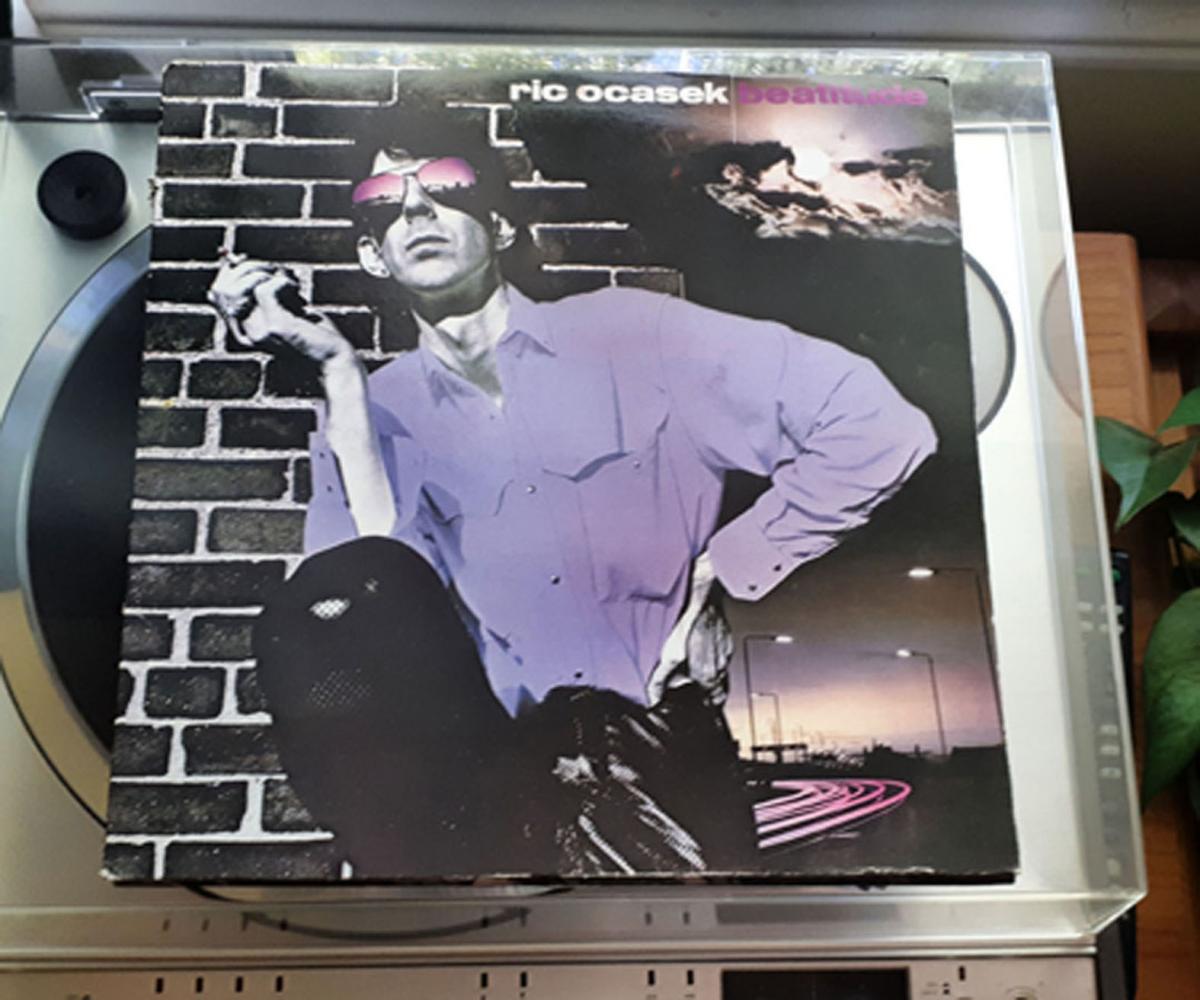
Let me take you back in time.
It’s February, 1984. A 16-year-old boy is in love with a girl who is a few years older than him and impossibly beyond reach: His best friend’s sister. It is quite possible that, for reasons he is too young to understand, her very unattainability is the whole point.
He is riding the bus back from having seen her for a few passing minutes, and his eyes are in the stars. And in his head there plays a strangely optimistic, futuristic and dream-inducing synth melody, driven by a beat that matches the speed of this nearly-empty bus blowing past empty stops under the icy blur of the streetlights.
A radio-thin voice sings “You talk / Close to me / I know your ways / I can feel your dreams / And you talk close me / Fairy domes and princesses / Living in illusion / Touch me free.”
And he knows this is enough.
Because when one chooses to aspire to the unattainable, there must be consolation. And for this youth that melody, played by instruments designed to imagine a 21st century that seems forever beyond the radius of those cool-white lights, that strained electric voice bringing life to artificiality like February breath-vapours in the deep-winter air, is consolation. It speaks poetry to a gawky nerd in love with the unattainable girl: “Still by windows / Some are running / Thinking they dreamt you / But never to know…”
Writers better versed in the history of rock and the New Wave of the early 1980s will have more important things to say about the passing of Ric Ocasek, who died at his New York home at age 75 on Sunday.
All I can offer is this: Since learning of his passing, I have been looping that one song on my phone and in my mind – Connect Up to Me, the fifth track on his 1982 solo album Beatitude, the last track on Side 1.
It was not his best song, and it won’t be the song most people will be talking about in the days to come as the former Cars frontman is eulogized.
But – and I must beg your indulgence – it’s the one that connected to me.
Two years after the album’s release, it was still a song that I knew while few around me did. The music was mine alone – nerdiness and science-fiction visions, and jarringly poetic lyrics (“when the dance night flies / And the Broadway screams…” and what is a fairy dome, anyway?)
Of course, I twisted that song a little bit to make it fit my meaning on that February night, but the listener turning the song into something idiosyncratically personal is something with which Ocasek was sympathetic.
And there was something in Ocasek’s very existence that spoke of hope. Kids with last names like mine now knew a guy with atypical looks and a Polish-American name (he was born Richard Theodore Otcasek) could be a rock star.
A lot of time has passed since that February night, and the 21st century proved a whole lot different.
But we can still feel those dreams. And while Ric Ocasek is gone, the consolation he provides is not.